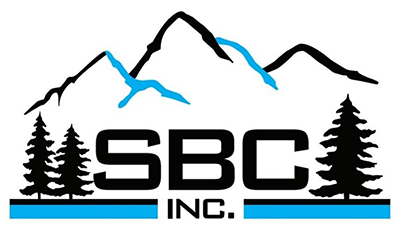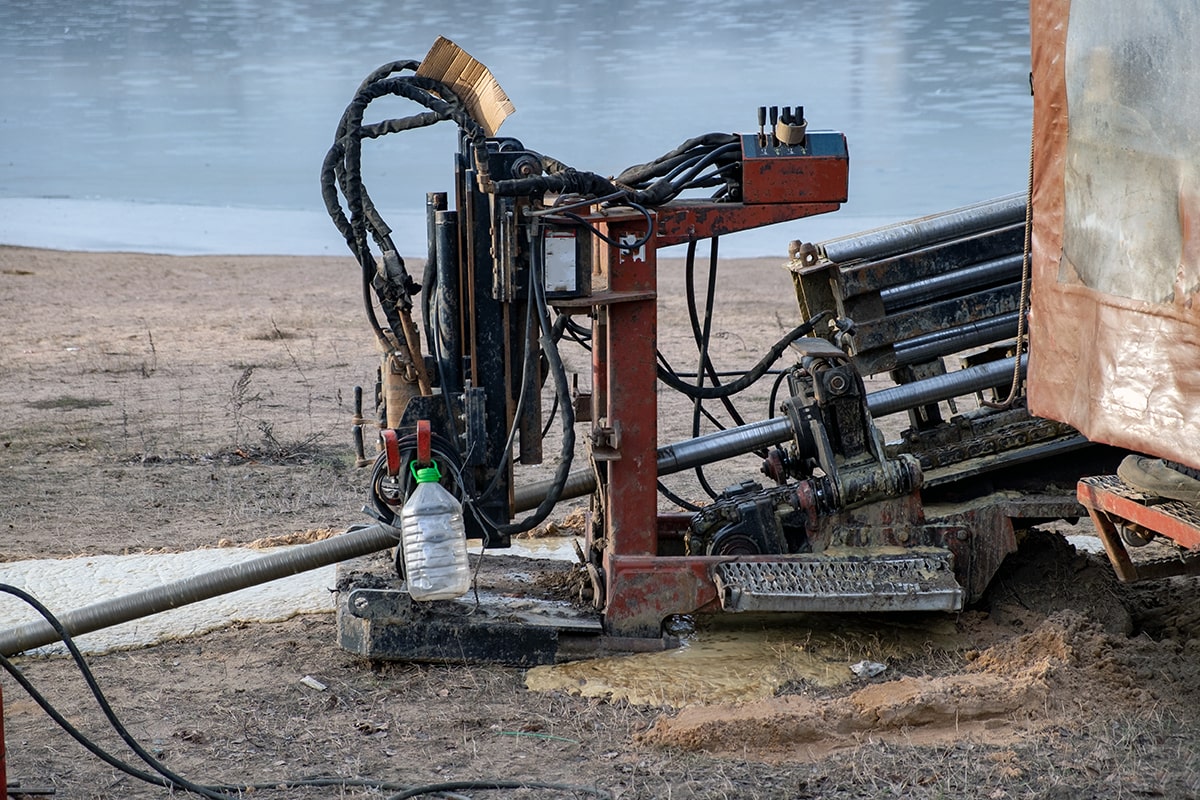Directional boring, also referred to as horizontal directional drilling (HDD), is a minimal impact trenchless method of installing underground utilities such as pipe, conduit, or cables in a relatively shallow arc or radius along a prescribed underground path using a surface-launched drilling rig. Directional Boring/HDD offers significant environmental advantages over traditional cut and cover pipeline/utility installations. The technique is routinely used when conventional trenching or excavating is not practical or when minimal surface disturbance is required.[1]
Although often used interchangeably, the terms directional boring and horizontal directional drilling are distinct in that they convey a different sense of scale. The term “Directional Boring” or “Bore” is generally reserved for mini/small sized drilling rigs, small diameter bores, and crossing lengths in terms of hundreds of feet. Generally, the term Horizontal Directional Drilling (HDD) is intended to describe large/maxi sized drilling rigs, large diameter bores, and crossing lengths in terms of thousands of feet. Directional boring and HDD are similar in some respects to directional drilling associated with the oil industry, however, an equal comparison cannot be drawn as the procedures serve markedly different functions. Directional Boring/HDD can be utilized with various pipe materials such as PVC, polyethylene, polypropylene, ductile iron, and steel provided that the pipe’s properties (wall thickness and material strength) enable it to be both installed and operated (if applicable) under acceptable stress limits.





